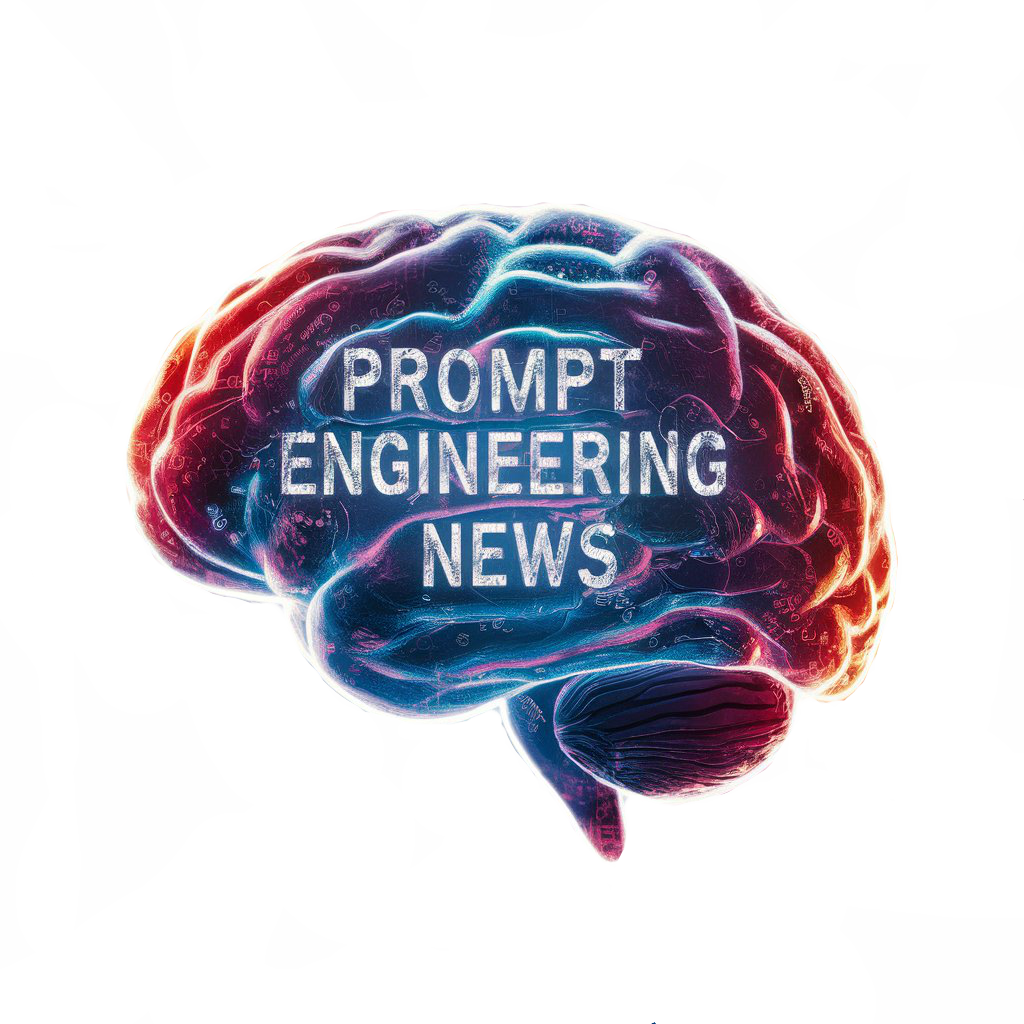Generative AI frameworks represent the intricate and powerful machinery within the formidable artificial intelligence landscape. These frameworks are the unsung heroes, quietly orchestrating the sophisticated ballet of data and algorithms, breathing life into our most advanced digital creations. Once confined to the realms of science fiction, these tools now power innovations that shape every aspect of our reality.
As technology hurtles forward, the leap from simple algorithms that solved rudimentary problems to comprehensive frameworks that encapsulate entire ecosystems is staggering. They’re like the blueprints of vast, sentient cities, guiding every robot and manifesting creativity that rivals human ingenuity.
Picture a celestial workshop buzzing with activity, tools clinking, and hammers striking; these tools are the lifelines, enabling digital architects to bring their visions to life. At the core of these tools lie AI frameworks, offering an expansive toolkit that provides the foundational blocks for AI development. These frameworks cradle a treasure trove of functionalities, from libraries teeming with pre-coded modules to pre-built models that can be fine-tuned to specific tasks.
Each element within an AI framework acts as a critical piece of an intricate puzzle. Think of libraries as vast repositories of ancient texts, filled with essential spells and incantations. Pre-built models, on the other hand, are like mystical creatures, waiting to be awakened and tamed for specific missions. Training and deployment mechanisms serve as the arcane rituals that breathe life into the constructs, allowing them to not just exist but thrive.
Blueprints of Creation: Understanding AI Frameworks
Generative AI frameworks are the potent concoctions that empower machines to create, innovate, and astonish. They serve as the foundation, providing tools, libraries, and pre-built models that simplify the complex task of machine learning and deep learning.
At their core, these frameworks democratize AI, making it accessible to researchers, developers, and enthusiasts. They’re the alchemists of the digital age, blending massive datasets with intricate algorithms to give rise to new forms of intelligence and creativity, impacting areas from art and music to language and beyond.
Meeting the Titans
As we journey through the enchanted lands of AI frameworks, we encounter the titans of this realm—mighty entities that have established their dominance through sheer prowess and versatility. Each titan offers unique attributes, and it’s crucial to understand the legends behind their names.
TensorFlow stands tall as a colossus, renowned for its flexibility and capability to scale from simple neural networks to complex multi-layered architectures. Developed by the artisans at Google Brain, TensorFlow has the power to handle convoluted computations, making it a sought-after ally in both research and industry.
PyTorch, emanating a robust and dynamic energy, is known for its seamless ability to integrate with Python and for its intuitive interface. Created by the diligent creators at Facebook’s AI Research lab, PyTorch has swiftly become a favorite among researchers and developers who seek agility and speed in their iterative processes.
In the citadel of the titans stands Keras, a gentle yet formidable force known for its simplicity and ease of use. Acting as a high-level API for neural networks, Keras is often integrated with TensorFlow, offering an elegant and user-friendly environment for rapid prototyping.
Last but not least is Microsoft’s Azure Machine Learning, a versatile behemoth offering enterprise-grade solutions, scalability, and advanced analytics. Azure Machine Learning envelops users in a sophisticated ecosystem, providing robust tools for end-to-end machine learning workflows.
Expedition into Reality
Beyond the stellar expanses of theory lie the rugged terrains of real-world application. Here, AI frameworks manifest their true potential, solving intricate problems and addressing significant issues. They bridge the gap between abstract algorithms and tangible solutions, embodying a powerful symbiosis between human aptitude and machine intelligence.
Consider the story of healthcare, where AI frameworks like TensorFlow and PyTorch are employed to develop predictive models for early disease detection, mitigating risks and saving lives. These frameworks also find a crucial place in climate modeling, where they help predict weather patterns and contribute to global sustainability efforts.
In industry, AI agents created using Azure Machine Learning optimize supply chains, making logistics more efficient and reducing waste. Meanwhile, applications built with Keras are transforming personalized customer experiences, from recommendation systems to advanced natural language processing tools that understand and emulate human dialogue with startling accuracy.

The Artistry of Training
Imagine an ancient alchemist’s lab, filled with whirring mechanisms and bubbling concoctions. Training an AI model within an IDE is akin to this ancient art, where raw data serves as the prima materia. AI frameworks are the philosopher’s stone, transforming raw data into a meticulously crafted model, capable of performing specific tasks with unparalleled precision.
In this alchemical process, each step is crucial. The data must be pre-processed, purged of inconsistencies, and then meticulously fed into the model. Here, frameworks provide the enchanted cauldrons for refining data, the spellbooks of optimization parameters, and the rituals for ensuring accuracy and efficiency. As the raw material undergoes this transformative journey, it is shaped into a robust AI agent, ready to be deployed into the world.
Deployment is the final spell, converting the trained model into a living, breathing entity that interacts with its environment, learning and adapting in real-time. This artistry of training and deploying models is the cornerstone of modern AI frameworks, enabling digital architects to turn visionary concepts into practical, executable solutions.
In the Architects’ Wake
As our celestial narrative draws to a close, we stand in awe of the echoes of innovation left in the wake of these master architects. The landscape of AI frameworks continues to evolve, growing ever more sophisticated and versatile. It’s a realm in perpetual motion, expanding and refining the boundaries of what’s possible.
Future developments promise even more interconnectivity, efficiency, and adaptability. We envision a time when AI frameworks will seamlessly integrate with other emerging technologies like quantum computing and blockchain, forging new paradigms of digital innovation.
In this ever-changing landscape, AI frameworks remain the steadfast architects, sculpting the digital realm and driving the next wave of technological advancement. They are the silent custodians of progress, continually reshaping the contours of our digital universe and inviting us to dream bigger and reach further.


